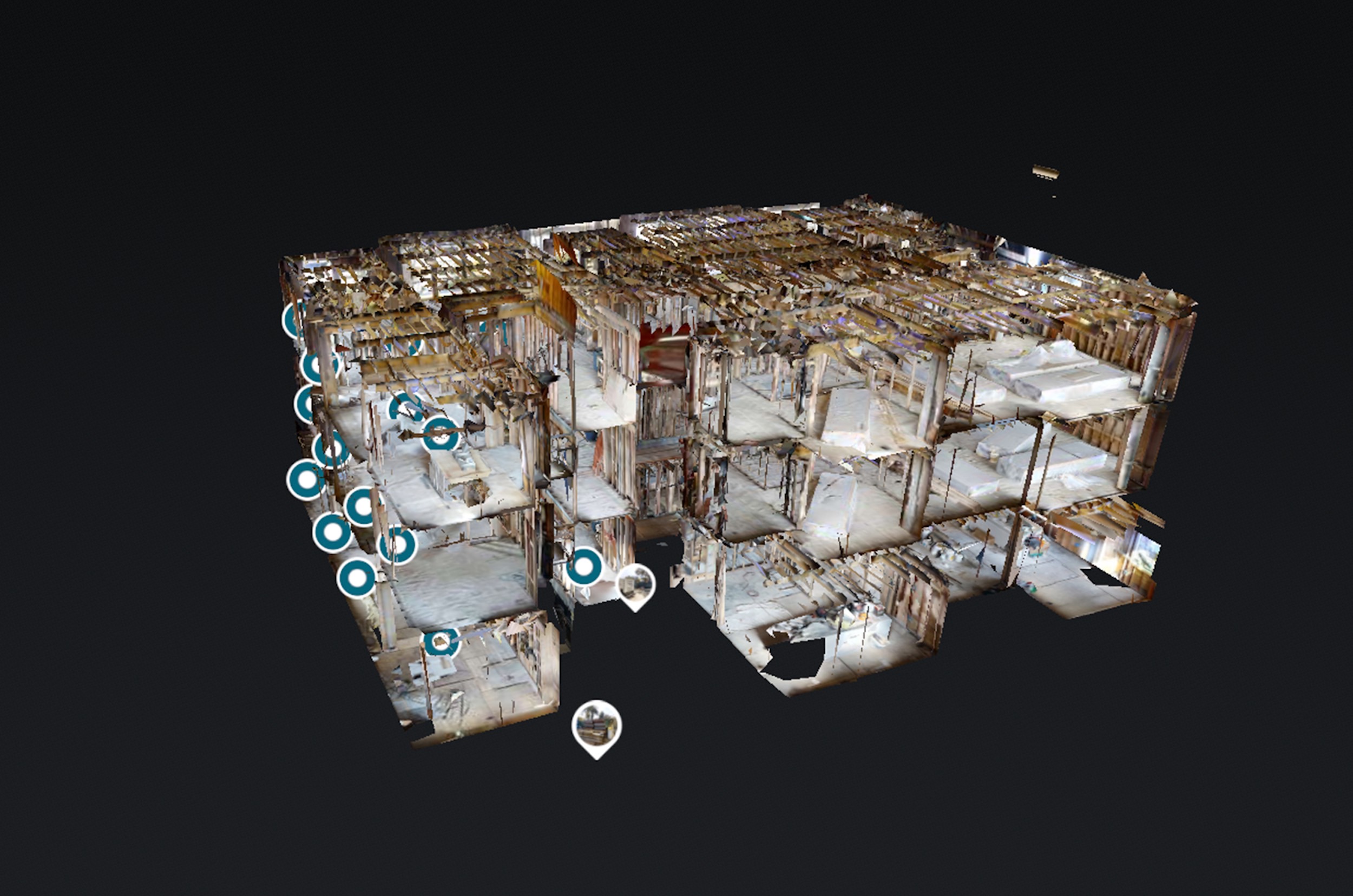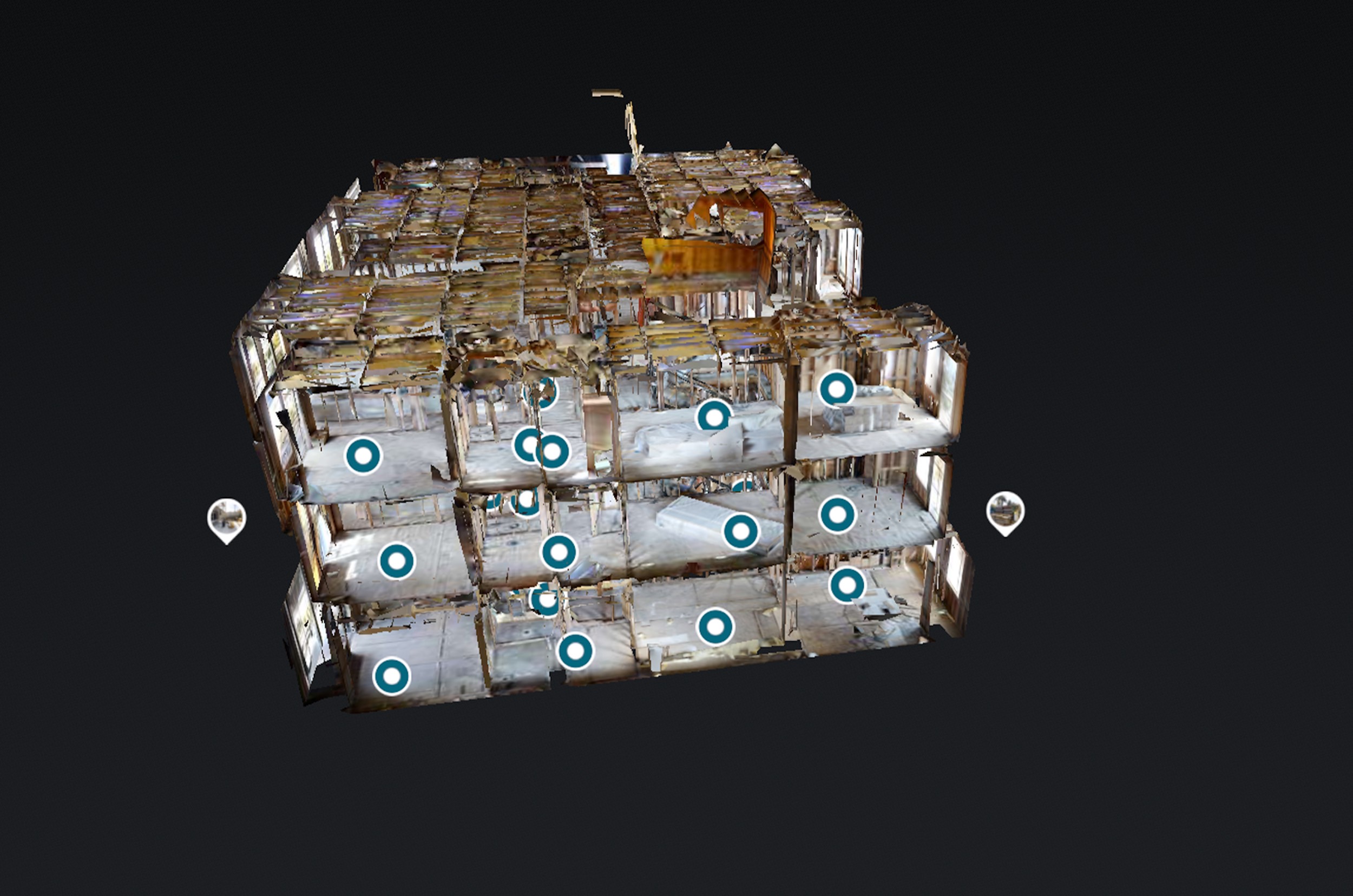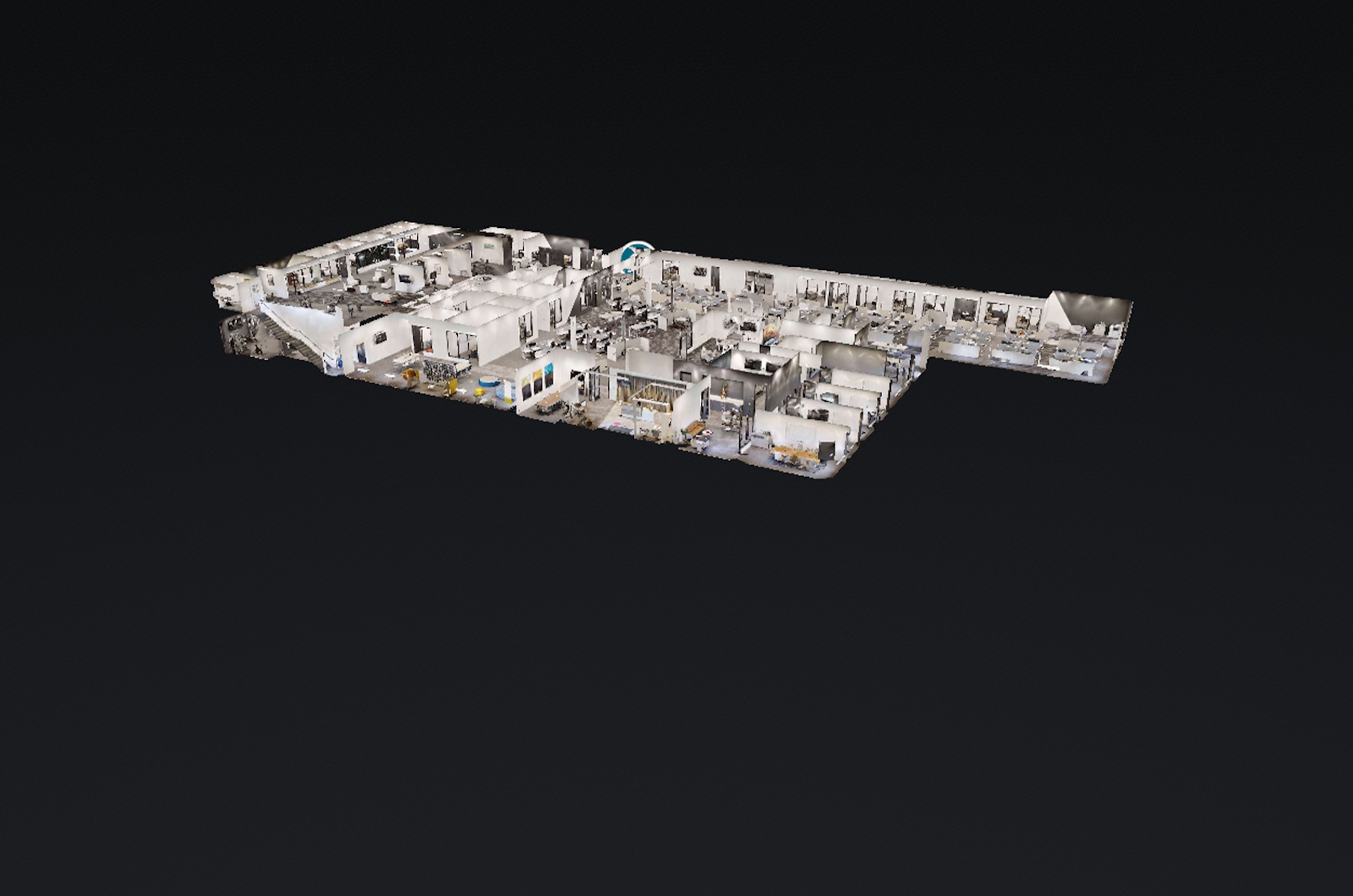In today’s digital age, the way consumers interact with retail spaces has dramatically evolved. As technology advances, retailers are constantly seeking innovative methods to enhance customer engagement and experience. One such transformative tool is the use of interactive 360 virtual tours. These tours offer customers an immersive shopping journey, replicating the in-store experience from the comfort of their own homes.
In this blog, we’ll delve into unique ideas and strategies for utilizing 360 virtual tours in retail marketing, providing insights that go beyond conventional approaches. Whether you’re a small boutique owner or a large retail chain, these tips will help you harness the power of virtual tours to captivate and convert your audience.
1. Creating Engaging Storylines
One groundbreaking approach to using 360 virtual tours is to integrate a narrative or storyline that guides the customer through the experience. Instead of a static walk-through, craft a journey where customers follow a storyline that highlights the brand’s values, history, or product evolution.
This could include interactive hotspots that reveal behind-the-scenes content, customer testimonials, or the story behind a product’s creation. By engaging customers with a narrative, brands can foster a deeper emotional connection and make the shopping experience memorable.
2. Personalized Shopping Experiences
Utilize data analytics to offer personalized virtual tours tailored to individual customer preferences. By integrating AI and machine learning, retailers can analyze past purchasing behavior and browsing patterns to customize the virtual tour experience.
For instance, a customer interested in eco-friendly products could be presented with a tour highlighting sustainable items and practices. This personalized approach not only increases engagement but also enhances customer satisfaction and loyalty.
3. Virtual Pop-Up Shops and Events
Another fresh idea is to create virtual pop-up shops or events within the 360 tour platform. Host exclusive product launches, flash sales, or limited-time offers that customers can access only through the virtual tour. These events can include live demonstrations, interactive Q&A sessions, or virtual meet-and-greets with designers or brand ambassadors. By offering unique, time-sensitive experiences, retailers can generate excitement and urgency, driving traffic and sales.
4. Gamification Elements
Incorporating gamification into 360 virtual tours can significantly boost engagement. Create interactive challenges or scavenger hunts within the tour, where customers can earn rewards or discounts for completing certain tasks.
For example, finding hidden items in the tour or answering trivia questions about the brand can unlock exclusive offers. This playful approach not only makes the shopping experience fun but also encourages exploration and repeat visits.
5. Integration with Social Media and E-commerce
Maximize the impact of your 360 virtual tours by integrating them with social media and e-commerce platforms. Encourage users to share their virtual tour experiences on social media to increase brand visibility and reach.
Additionally, ensure that the virtual tour seamlessly connects with your e-commerce site, allowing customers to easily add items to their cart and proceed to checkout. This streamlined approach enhances the shopping experience and reduces friction in the purchasing process.
Conclusion
Interactive 360 virtual tours are revolutionizing the retail marketing landscape, offering innovative ways to engage and captivate customers. By incorporating engaging storylines, personalized experiences, virtual events, gamification, and seamless integration with social media and e-commerce, retailers can elevate their marketing strategies and drive sales.
As you explore these fresh ideas and strategies, remember that the key to success lies in creating an immersive and memorable experience that resonates with your audience. Embrace the potential of 360 virtual tours and transform your retail marketing efforts into a dynamic and impactful journey for your customers.







